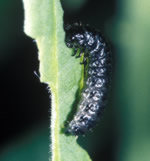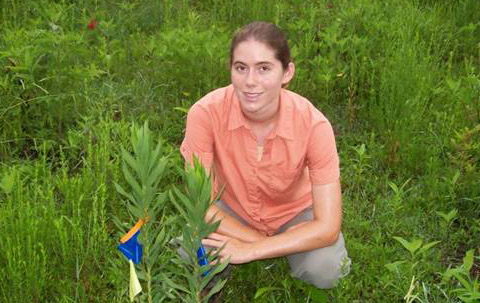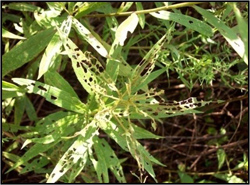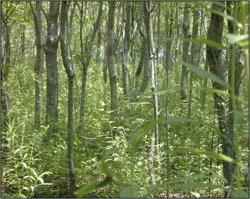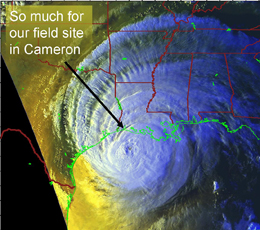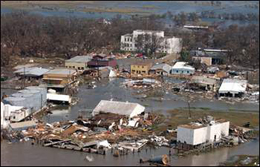Plant Resistance and Tolerance in Space and Time
Herbivores can exert strong selective pressures on plant defensive traits, the consequences of which can directly or indirectly impact plant-herbivore abundances, population dynamics, and community composition. Plant responses to herbivore selection pressures involve the evolution of resistance and/or tolerance traits. Few studies have jointly examined resistance and tolerance in plant populations and none have done so in nature.
As a result, the mechanisms responsible for the diversity of plant defenses in nature are poorly understood. Also unknown are the spatial distribution of resistance and tolerance traits, how the costs, benefits and selection gradients for these traits vary environmentally and temporally, and whether particular regions of the plant genome are associated with spatial variation in resistance or tolerance.
My former graduate student Alyssa Hakes was the lead investigator on this project. Our work was conducted in early and late successional fields in Baton Rouge, LA and focused on the dominant perennial plant, Canada goldenrod (Solidago canadensis) and its associated herbivores.
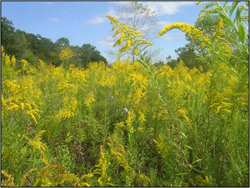
We examined the influence of spatial and temporal environmental heterogeneity on the patterns of diverse types and levels of defense expression in nature. We quantified the spatial structure of goldenrod resistance, tolerance, fitness traits, and herbivore damage within replicate early- and late-successional fields and assessed whether that structure was correlated with a edaphic conditions and the neighboring plant community (Hakes and Cronin 2011a).
The distribution of traits within fields was strongly non-random, and defense-trait levels were more strongly spatially structured (i.e. autocorrelated) in late- than in early-successional fields (see below). Also, defense traits were most strongly correlated with aspects of the local plant neighborhood, and these relationships differed in important ways between successional stages. In late-successional fields, tolerance trait specific leaf area was positively correlated with canopy cover and negatively correlated with stem density. In early-successional fields, the relationship between ground vegetative cover and resistance was significantly stronger than in late-successional fields. A novel insight from this study is the possibility that changes in the biotic environment during succession may shift the expression of defense from a resistance to a tolerance strategy in our system. This study highlights the context dependence of plant defense trait levels, which may promote their spatial and temporal variability in heterogeneous landscapes.
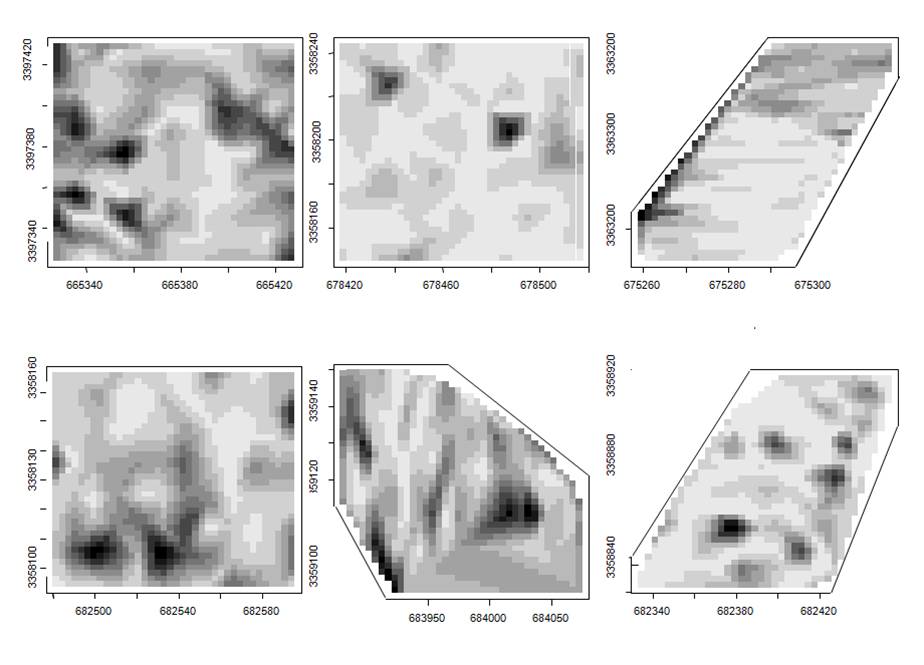
In a subsequent study, we propagated replicates of the same genotypes in a common garden to experimentally measure resistance, tolerance, fitness, costs, and selection differences among genotypes (Hakes and Cronin 2011b).We found evidence for significant genetic variability in resistance and various tolerance-related traits but low broad-sense heritability for all traits. For all traits examined, there was a great degree of phenotypic plasticity. We found a strong cost of resistance and selection gradient against high resistance. Conversely, we found no evidence of costs but did find significant selection gradients favoring increased tolerance and many tolerance trait levels. This study suggests that herbivores impose selection favoring increased tolerance and reduced resistance in goldenrods.
Lastly, we tested the prediction that resistance and tolerance are differentially expressed in early- and late-successional stages (Hakes and Cronin 2012). For this experiment, we transplanted resistant, tolerant, and susceptible genotypes into replicate early- and late-successional fields and measured fitness, defense levels, costs, and selection. We found a significant effect of successional stage but no effect of genotype or stage-genotype interaction on defense levels. Genets planted in early-successional fields appeared to be more resistant and less tolerant to herbivory than those same genets planted in late-successional fields. There were significant trade-offs between resistance and tolerance in early-successional fields but not in late-successional fields. Each late-successional field exhibited a significant cost or selection gradient for resistance. In contrast, there was evidence of stage-specific costs of tolerance; late-successional fields exhibited significant costs of tolerance whereas early-successional fields did not. There was no evidence of direct selection for or against tolerance in either stage. Our results suggest that defense phenotypes might change in qualitative ways during succession. This study provides experimental evidence that succession can strongly influence defense phenotypes and promote temporal variability in relative resistance and tolerance levels.
Addendum:
We originally designed this research project to be conducted with salt-marsh cordgrass (Spartina alterniflora) and its diverse herbivores. Experiments were underway in a coastal marsh in Cameron, Louisiana. However, on September 24, 2005, our research project suffered a serious setback - the eye of hurricane Rita passed directly over our field site. The devastation to the City of Cameron was complete. It was six months before we could even assess the impact of the hurricane on our research. The threat of future hurricanes was too worrisome (especially for a PhD student) and we switched to a more inland system. It turned out to be a good move because on September 13, 2008, Cameron was once again hard hit by a hurricane (Ike).
